The Piping System Market is currently characterized by a dynamic competitive landscape, driven by increasing demand for efficient and sustainable solutions across various industries, including oil and gas, water treatment, and manufacturing. Key players such as Emerson Electric Co. (US), Honeywell International Inc. (US), and Siemens AG (DE) are strategically positioning themselves through innovation and technological advancements. Emerson Electric Co. (US) focuses on integrating digital technologies into its piping solutions, enhancing operational efficiency and reliability. Meanwhile, Honeywell International Inc. (US) emphasizes sustainability, developing eco-friendly piping systems that align with global environmental standards. Siemens AG (DE) is leveraging its expertise in automation and digitalization to optimize piping systems, thereby improving performance and reducing costs. Collectively, these strategies not only enhance their competitive edge but also contribute to a more sustainable and efficient market environment.
In terms of business tactics, companies are increasingly localizing manufacturing to reduce lead times and enhance supply chain resilience. This approach appears to be particularly effective in a moderately fragmented market, where the collective influence of key players shapes competitive dynamics. The focus on supply chain optimization is evident as companies strive to mitigate risks and ensure timely delivery of products. As a result, the market structure is evolving, with established players consolidating their positions while also facing challenges from emerging competitors.
In August 2025, Emerson Electric Co. (US) announced a strategic partnership with a leading software firm to develop advanced predictive maintenance solutions for piping systems. This collaboration is expected to enhance the reliability of their products, allowing customers to anticipate failures and reduce downtime. Such a move underscores Emerson's commitment to innovation and positions it favorably in a market increasingly driven by digital solutions.
In September 2025, Honeywell International Inc. (US) launched a new line of sustainable piping systems designed to minimize environmental impact. This initiative not only aligns with global sustainability goals but also caters to a growing customer base that prioritizes eco-friendly solutions. The introduction of these products reflects Honeywell's strategic focus on sustainability, potentially giving it a competitive advantage in an increasingly environmentally conscious market.
In October 2025, Siemens AG (DE) unveiled a new digital platform aimed at optimizing the design and operation of piping systems. This platform integrates AI and machine learning technologies, enabling real-time monitoring and predictive analytics. By investing in such cutting-edge technology, Siemens is likely to enhance its market position, appealing to customers seeking innovative solutions that improve efficiency and reduce operational costs.
As of October 2025, the Piping System Market is witnessing significant trends, including the integration of digital technologies, a heightened focus on sustainability, and the adoption of AI-driven solutions. Strategic alliances among key players are shaping the competitive landscape, fostering innovation and collaboration. Looking ahead, it appears that competitive differentiation will increasingly hinge on technological advancements and supply chain reliability, rather than solely on price. This shift suggests a transformative evolution in the market, where companies that prioritize innovation and sustainability are likely to thrive.


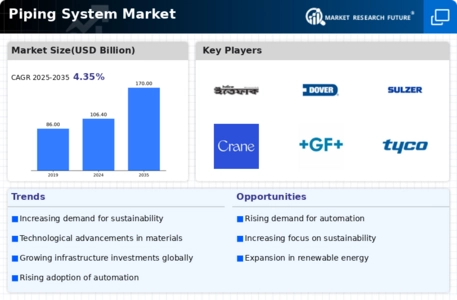
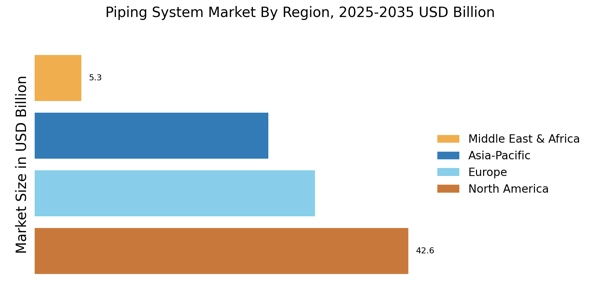
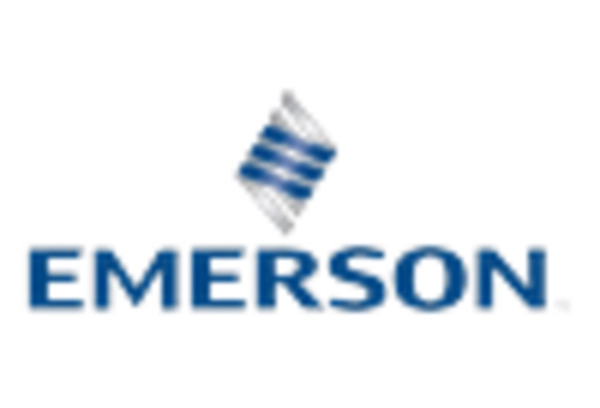
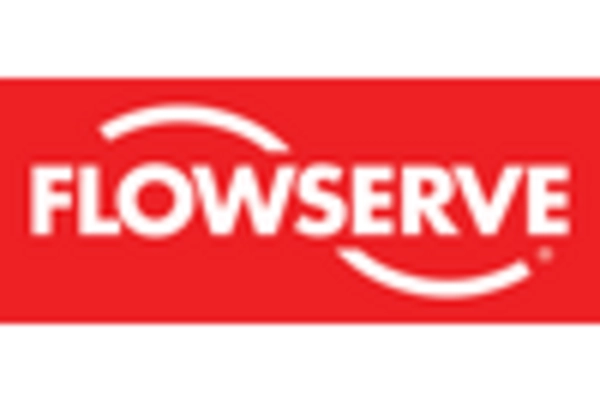

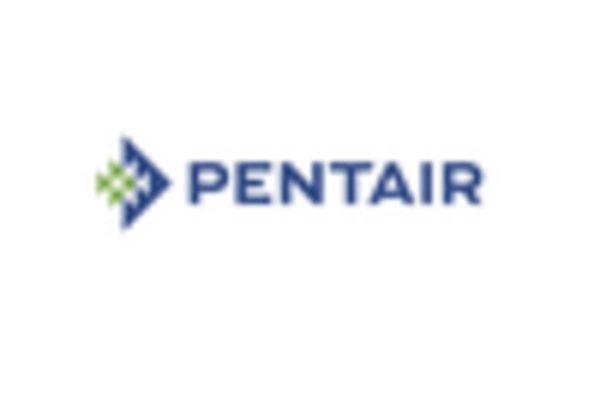
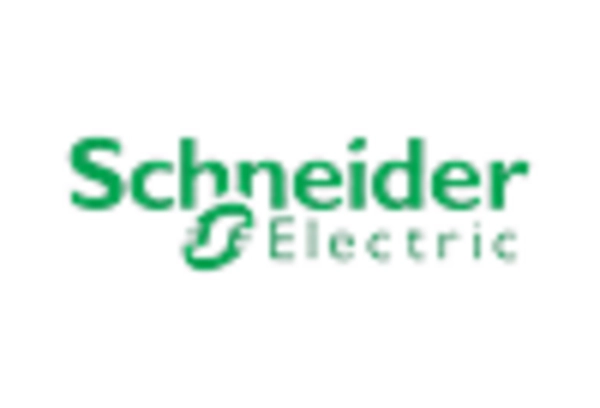









Leave a Comment